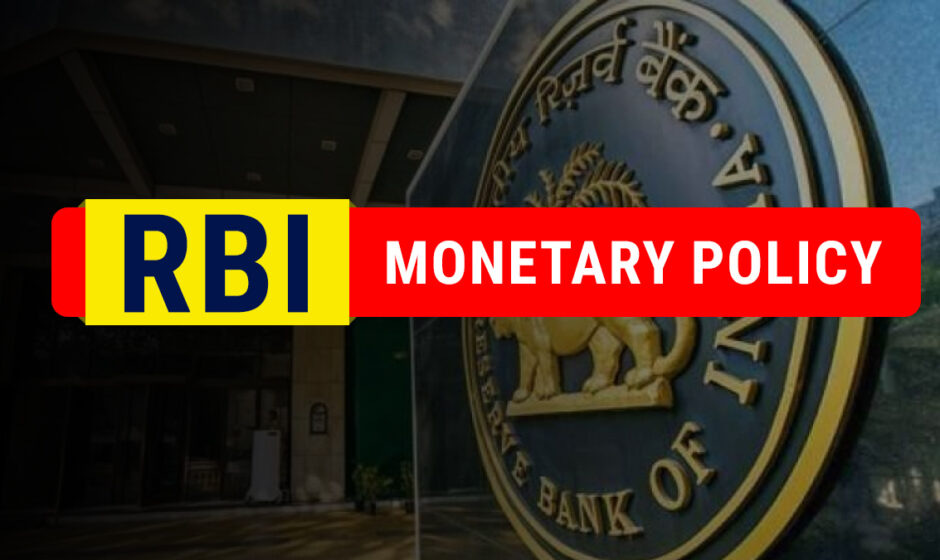The Reserve Bank of India (RBI) is the backbone of India’s financial system, and its policies ripple through the economy, touching every aspect of your personal finances. Whether it’s the interest you pay on a loan, the price of your groceries, or the returns on your savings, the RBI’s decisions play a pivotal role. In this blog, we’ll break down how RBI policies influence your wallet and share practical tips to help you stay ahead.
Understanding the RBI’s Role
The RBI is India’s central bank, tasked with maintaining economic stability. Its key responsibilities include:
- Monetary Policy: Managing money supply and interest rates.
- Inflation Control: Keeping price rises in check within a 2-6% target range.
- Banking Regulation: Ensuring banks operate smoothly and securely.
- Currency Management: Issuing and stabilizing the value of the rupee.
These actions don’t just affect banks and businesses—they directly impact your day-to-day finances. Let’s explore how.
Interest Rates and Your Loans
One of the most noticeable ways RBI policies hit your wallet is through interest rates. The RBI sets the repo rate, the rate at which it lends to commercial banks. When this rate changes, it trickles down to the loans you take and the interest you earn.
How It Works
- Repo Rate Goes Up: Banks face higher borrowing costs, so they charge you more for loans. This increases your EMIs (Equated Monthly Instalments) on home, car, or personal loans.
- Repo Rate Goes Down: Borrowing becomes cheaper for banks, often leading to lower loan interest rates and smaller EMIs.
Real-Life Example
Imagine you have a ₹50 lakh home loan at 8% interest for 20 years. Your EMI is about ₹41,822 per month. If the RBI hikes the repo rate by 0.5% and your bank adjusts your loan rate to 8.5%, your EMI jumps to ₹43,391. That’s an extra ₹1,569 monthly—or ₹18,828 yearly—straight out of your pocket!
What You Can Do
- Stay Updated: Keep an eye on RBI announcements about the repo rate.
- Refinance Smartly: If rates drop, consider refinancing your loan to lock in a lower rate.
- Plan: For floating-rate loans, budget for possible EMI hikes.
Inflation and Your Expenses
Inflation—the rise in prices of goods and services—eats into your purchasing power, and the RBI works hard to keep it under control.
How RBI Manages Inflation
- Tightening Policy: Raising interest rates to curb spending and cool inflation.
- Easing Policy: Lowering rates to boost spending when inflation is too low.
Impact on You
- High Inflation: Everyday items like groceries, fuel, and utilities get pricier, stretching your budget.
- Low Inflation: Stable prices mean your money retains its value longer.
A Recent Case
In 2022, inflation spiked due to global supply issues and soaring fuel costs. The RBI raised the repo rate multiple times to tame it. While this eventually stabilized prices, it also made borrowing more expensive for households.
What You Can Do
- Adjust Your Budget: Set aside more for essentials during high-inflation periods.
- Protect Your Money: Investigate inflation-resistant options like gold or Inflation-Indexed Bonds.
- Stay Informed: Track inflation trends to anticipate price shifts.
Savings and Investments
RBI policies also shape how much you earn from savings and investments.
Savings Impact
- Fixed Deposits (FDs): Higher interest rates often lead banks to offer better FD returns. Lower rates can shrink your interest income.
- Savings Accounts: Rates may shift slightly with RBI moves, though the effect is less pronounced.
Investment Impact
- Stock Market: Lower rates can fuel stock market growth by making business borrowing cheaper. Higher rates might cool the market.
- Bonds: Bond prices drop when interest rates rise and climb when rates fall.
Example: FD Returns
If the RBI cuts rates and your bank lowers FD rates from 6% to 5.5%, a ₹5 lakh FD would earn ₹27,500 annually instead of ₹30,000—a ₹2,500 dip.
What You Can Do
- Diversify: Mix fixed-income options (like FDs) with equities to balance risk and reward.
- Explore Alternatives: If FD rates fall, consider debt mutual funds or government securities.
- Seek Advice: A financial advisor can tailor strategies to your goals.
The Bigger Picture: Economic Growth
Beyond your immediate finances, RBI policies influence the broader economy, affecting jobs, income, and stability.
- Growth Boost: Lower rates and more liquidity can spur economic activity, creating jobs and raising wages.
- Slowdown: Higher rates might cool growth, impacting employment and income opportunities.
Example: COVID-19 Response
During the pandemic, the RBI slashed rates and pumped money into the economy to cushion the blow. This supported recovery but later fueled inflation, showing the delicate balance the RBI maintains.
What You Can Do
- Be Flexible: Adapt your career or business plans to economic shifts.
- Build a Safety Net: Save 3-6 months’ worth of expenses for unexpected downturns.
Conclusion: Taking Control of Your Finances
RBI policies aren’t just economic jargon—they shape your financial reality. By understanding their impact, you can make smarter choices and protect your wallet.
Key Takeaways
- Interest Rates: Affect your loan EMIs and savings returns.
- Inflation: Drives the cost of living up or down.
- Savings & Investments: Require adjustment based on RBI moves.
- Economic Growth: Influences your income and job prospects.
Call to Action
Keep tabs on RBI updates and economic news. Review your loans, savings, and investments regularly, and consider professional guidance to stay on top of changes. With a little awareness, you can turn RBI policies into opportunities for financial growth!



